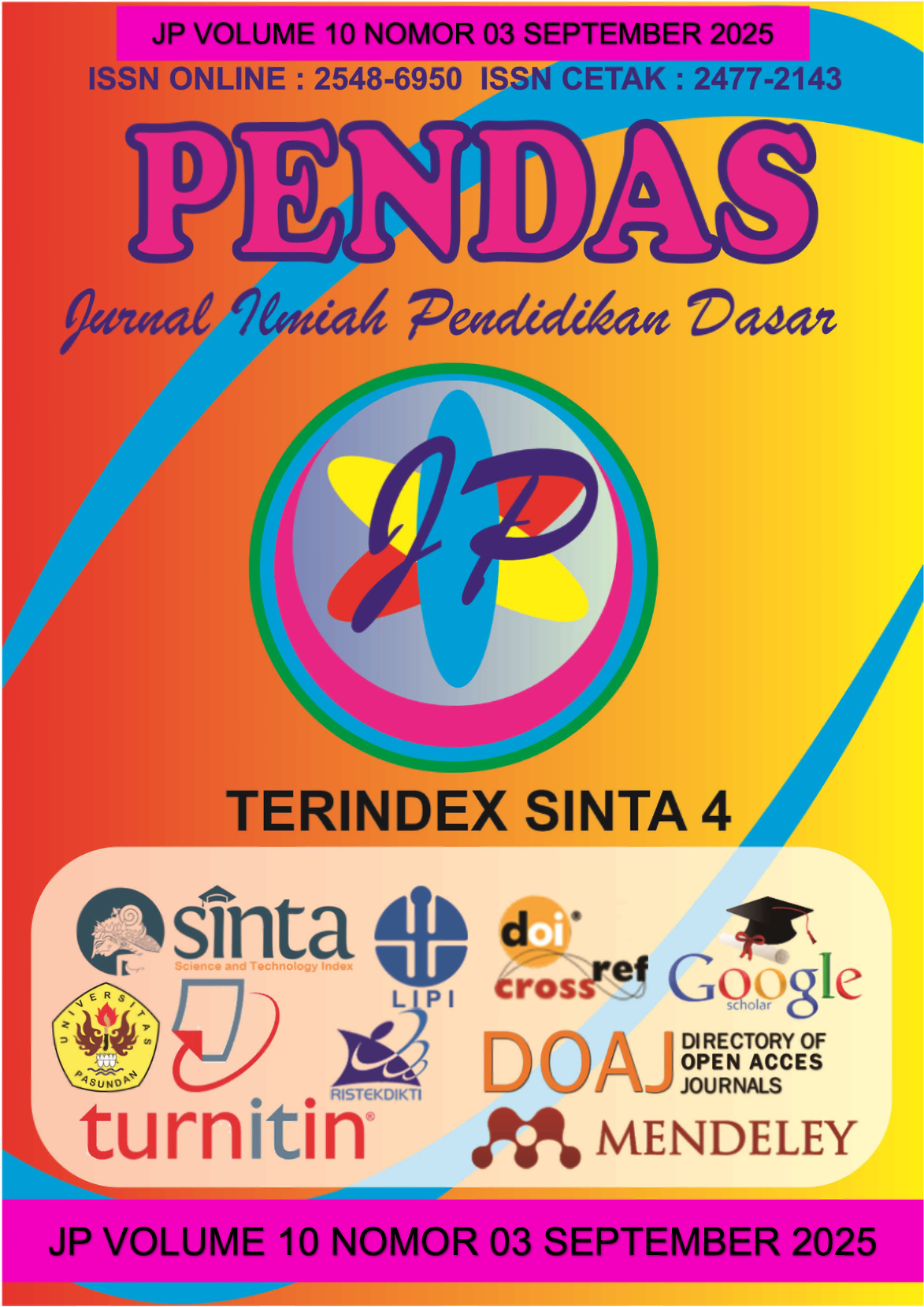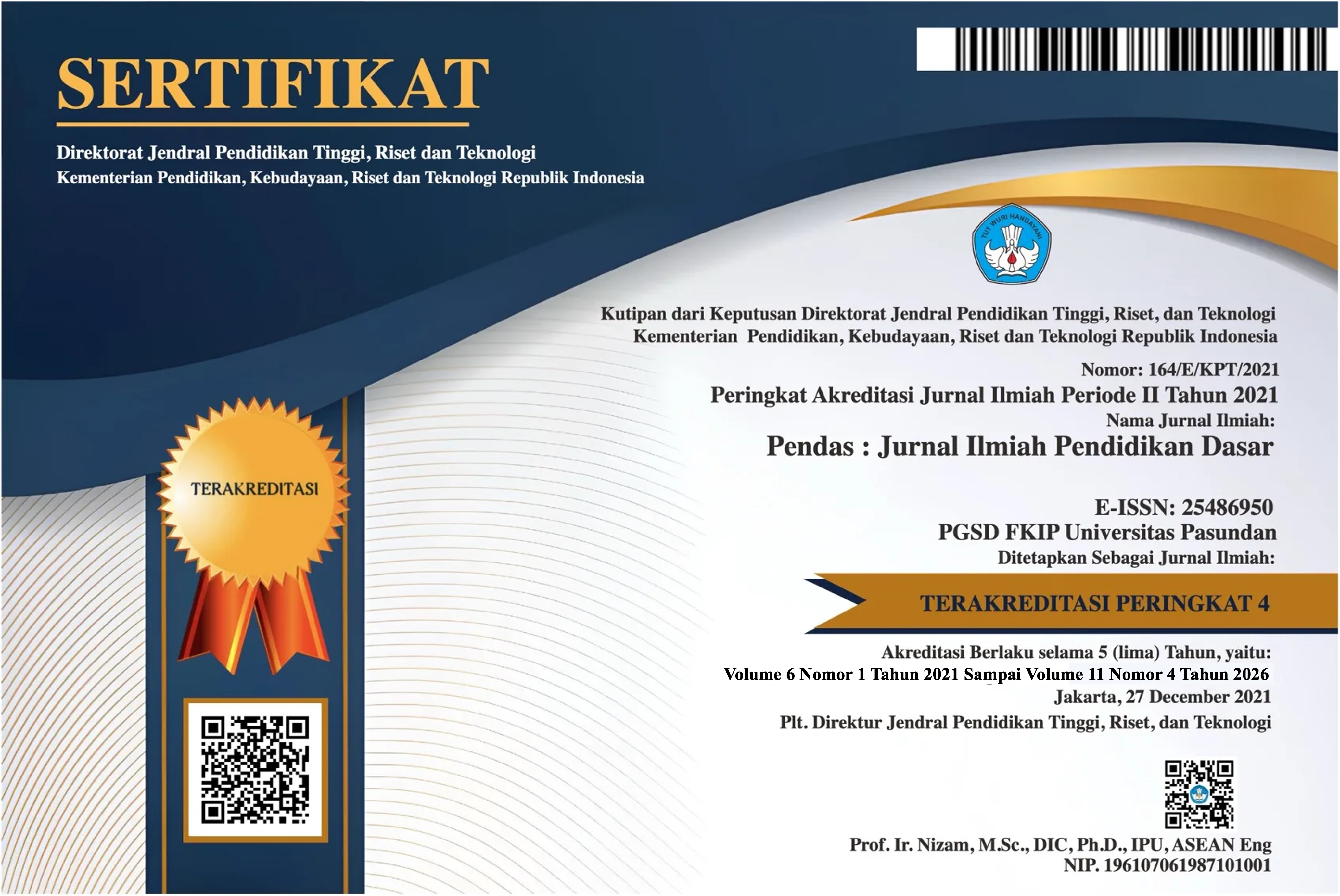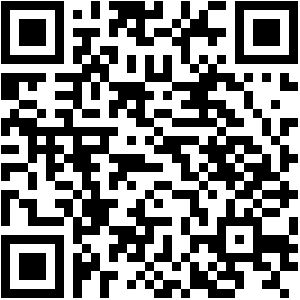AN ANALYSIS OF TEACHER'S LOCUTIONARY SPEECH ACTS IN LEARNING ENGLISH AT SMAN 3 BULUKUMBA
DOI:
https://doi.org/10.23969/jp.v10i03.31030Keywords:
locutionary, phonetic act, phatic act, rhetic act, teacherAbstract
This study investigates the use of locutionary speech acts by English language teacher’s during classroom instruction at SMAN 3 Bulukumba. Language in education plays a crucial role not only as a tool for delivering instructional content but also as a medium for fostering interaction, building relationships, and managing the classroom environment. Grounded in Austin’s Speech Act Theory, this research specifically focuses on two components of locutionary acts: phatic acts and rhetic acts. Phatic acts are examined in terms of their interpersonal functions, such as initiating greetings, checking student well-being, expressing appreciation, and fostering classroom rapport. Rhetic acts, on the other hand, are explored for their instructional value in delivering content, stating facts, providing directions, expressing opinions, and persuading students to participate and engage with the lesson material.
This research employs a qualitative descriptive methodology, with data collected through systematic classroom observations two English teacher’s at the senior high school level. The utterances collected were analyzed using a framework informed by Austin's typology of speech acts, focusing on how teacher’s structure their discourse to achieve pedagogical goals. The findings demonstrate that both phatic and rhetic acts are consistently utilized across different stages of instruction, serving both social and academic functions in the classroom. Phatic acts were particularly evident in teacher-student interactions at the beginning and end of lessons, helping to establish a warm and welcoming classroom climate. Meanwhile, rhetic acts were predominantly used during lesson delivery and student engagement, emphasizing clarity, structure, and motivational discourse.
Classroom transcripts and observation tables provide empirical evidence of how these speech acts function in practice, revealing that their strategic use not only facilitates communication but also enhances student motivation, comprehension, and classroom dynamics. The study concludes that locutionary speech acts are integral to effective teaching and recommends their intentional application as part of teacher communication strategies. These findings have implications for teacher training programs, highlighting the need to develop pragmatic awareness among educators, particularly in EFL contexts where language functions extend beyond semantics to include social interaction and cultural sensitivity.
Keywords: locutionary, phonetic act, phatic act, rhetic act, teacher
Downloads
References
Agustin, M., & Syaodih. (2008). Bimbingan konseling untuk anak usia dini. Jakarta: Universitas Terbuka.
Aini, L. (2019). Bahasa sehari-hari untuk berteman dan bekerja. Erlangga.
Creswell, J. W. (2014). Research design: Qualitative, quantitative, and mixed methods approaches. Sage Publications.
Crystal, D. (2014). The Cambridge encyclopedia of language (3rd ed.). Cambridge University Press.
Gumperz, J. J., & Levinson, S. C. (Eds.). (2016). Rethinking linguistic relativity. Cambridge University Press.
Johnson, K. (2019). Acoustic and auditory phonetics. Wiley-Blackwell.
Ratminingsih, N. M. (2013). Model pembelajaran bahasa berbasis pendekatan komunikatif. Graha Ilmu.
Searle, J. R. (2012). Speech acts: An essay in the philosophy of language. Cambridge University Press.
Yule, G. (2016). The study of language (6th ed.). Cambridge University Press.
Hamdani, M. Y. (2019). An analysis of speech acts used by English education department at UIN Antasari Banjarmasin (Tesis tidak diterbitkan). UIN Antasari Banjarmasin.
Nasution, A. (2019). An analysis of locutionary speech acts in Indonesian presidential election debate 2019 (Skripsi tidak diterbitkan). Universitas Negeri Medan.
Vebryanti, M. (2021). Analisis tindak tutur guru dan siswa dalam pembelajaran daring di SDN 01 Cibitung (Skripsi tidak diterbitkan). Universitas Pendidikan Indonesia.
Amanda, C. P., & Tressyalina, T. (2024). Tindak tutur ekspresif guru Bahasa Indonesia dalam pembelajaran di SMP 11 Padang. Jurnal Pendidikan Tambusai, 8(1), 3833–3841.
Dahlia, D. M. (2022). Tindak tutur ilokusi dalam novel Pastelizzie karya Indrayani Rusady dan implikasinya terhadap pembelajaran Bahasa Indonesia. ENGGANG: Jurnal Pendidikan, Bahasa, Sastra, Seni, dan Budaya, 3(1), 1–11.
Fadhila, W., & Anggraini, D. (2024). Analisis tindak tutur direktif guru dalam pembelajaran. Jurnal Pendidikan Bahasa Indonesia, 10(2), 123–135.
Hidayat, A. (2016). Speech acts: Force behind words. English Education: Jurnal Tadris Bahasa Inggris, 9(1).
Downloads
Published
Issue
Section
License
Copyright (c) 2025 Pendas : Jurnal Ilmiah Pendidikan Dasar

This work is licensed under a Creative Commons Attribution 4.0 International License.



















